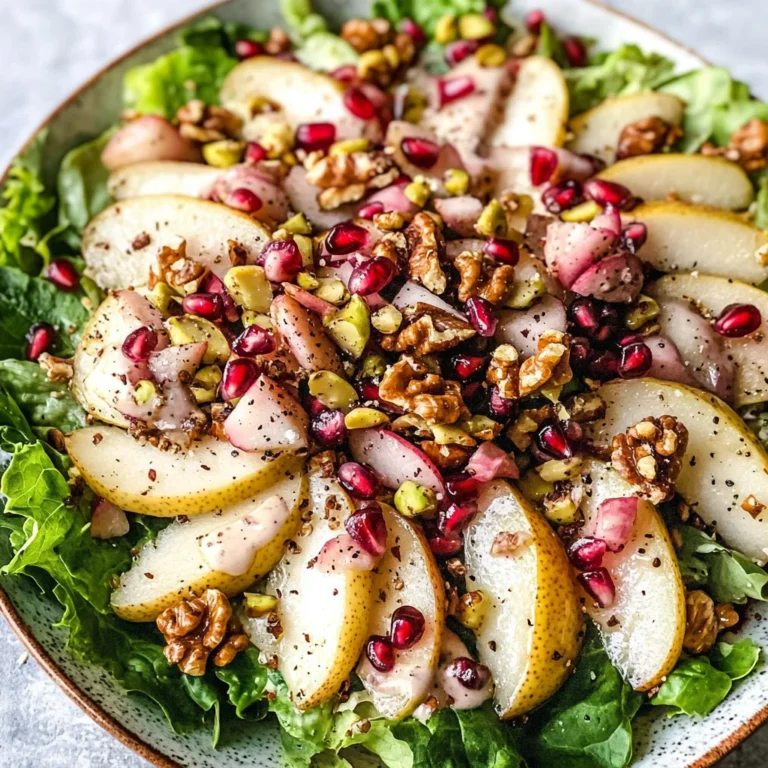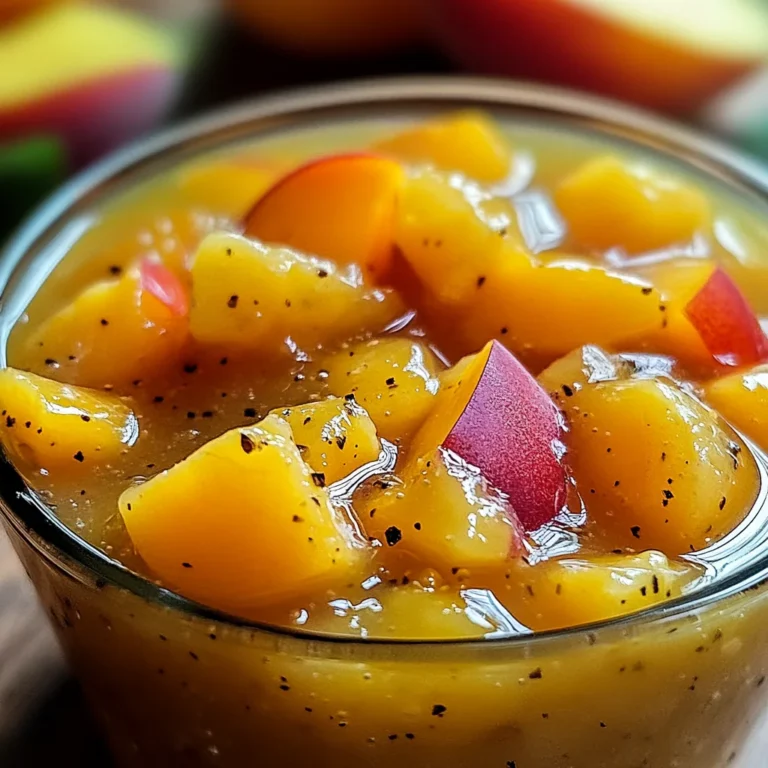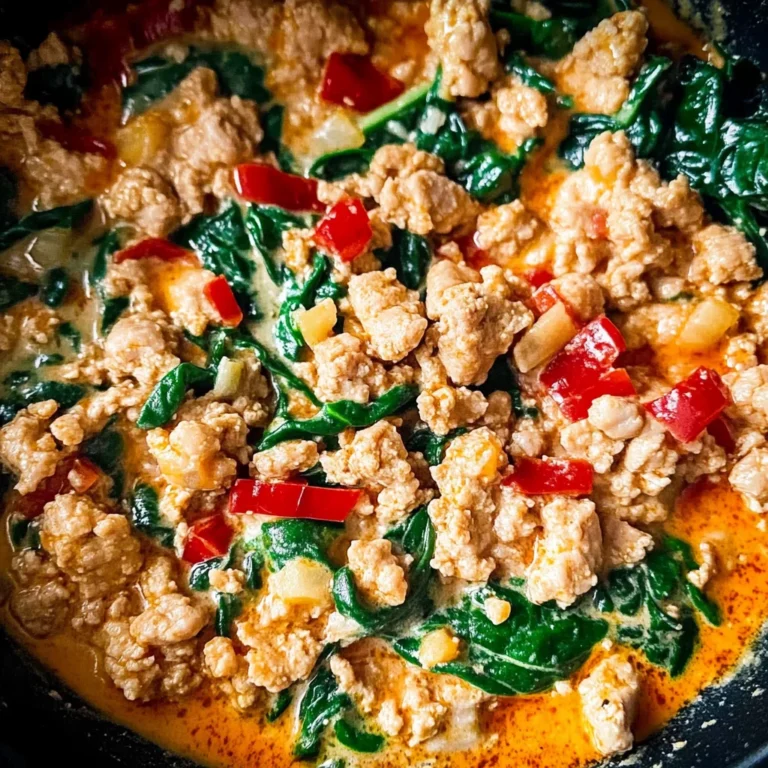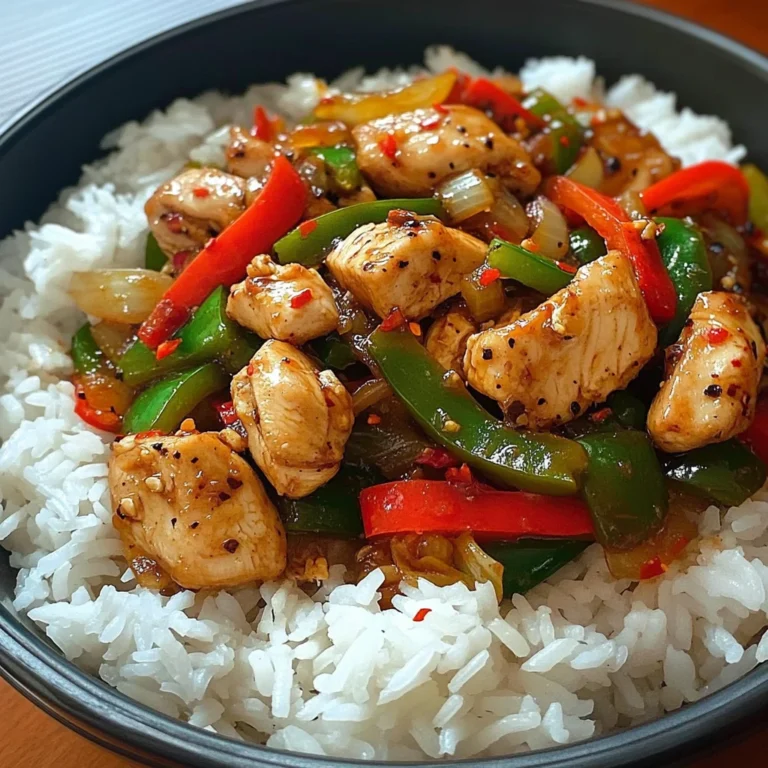Hibachi Vegetables
Hibachi Vegetables are a delightful and vibrant side dish that brings the flavors of a Japanese restaurant right into your kitchen. Perfect for any occasion, these colorful veggies are easy to prepare and pair wonderfully with rice or noodles. The combination of fresh ingredients like zucchini, yellow squash, and mushrooms creates a dish that is not only delicious but visually appealing too.
Why You’ll Love This Recipe
- Quick Preparation: This recipe can be ready in just 30 minutes, making it ideal for busy weeknights.
- Fresh Ingredients: Using fresh vegetables ensures maximum flavor and nutrition in every bite.
- Versatile Side Dish: Hibachi Vegetables complement a variety of main dishes, from grilled meats to tofu.
- Easy Cleanup: Cooking in one pan means fewer dishes to wash afterwards!
- Customizable: Feel free to swap in your favorite vegetables for a personal touch.
Tools and Preparation
To make Hibachi Vegetables efficiently, having the right tools on hand is essential. Here’s what you’ll need:
Essential Tools and Equipment
- Wok or large skillet
- Cutting board
- Knife
- Spatula
Importance of Each Tool
- Wok or large skillet: Provides ample space for cooking, allowing vegetables to sauté evenly.
- Cutting board: Ensures safety and efficiency when chopping vegetables.
- Knife: A sharp knife makes cutting through veggies quick and easy.
- Spatula: Ideal for stirring and flipping the vegetables without damaging them.
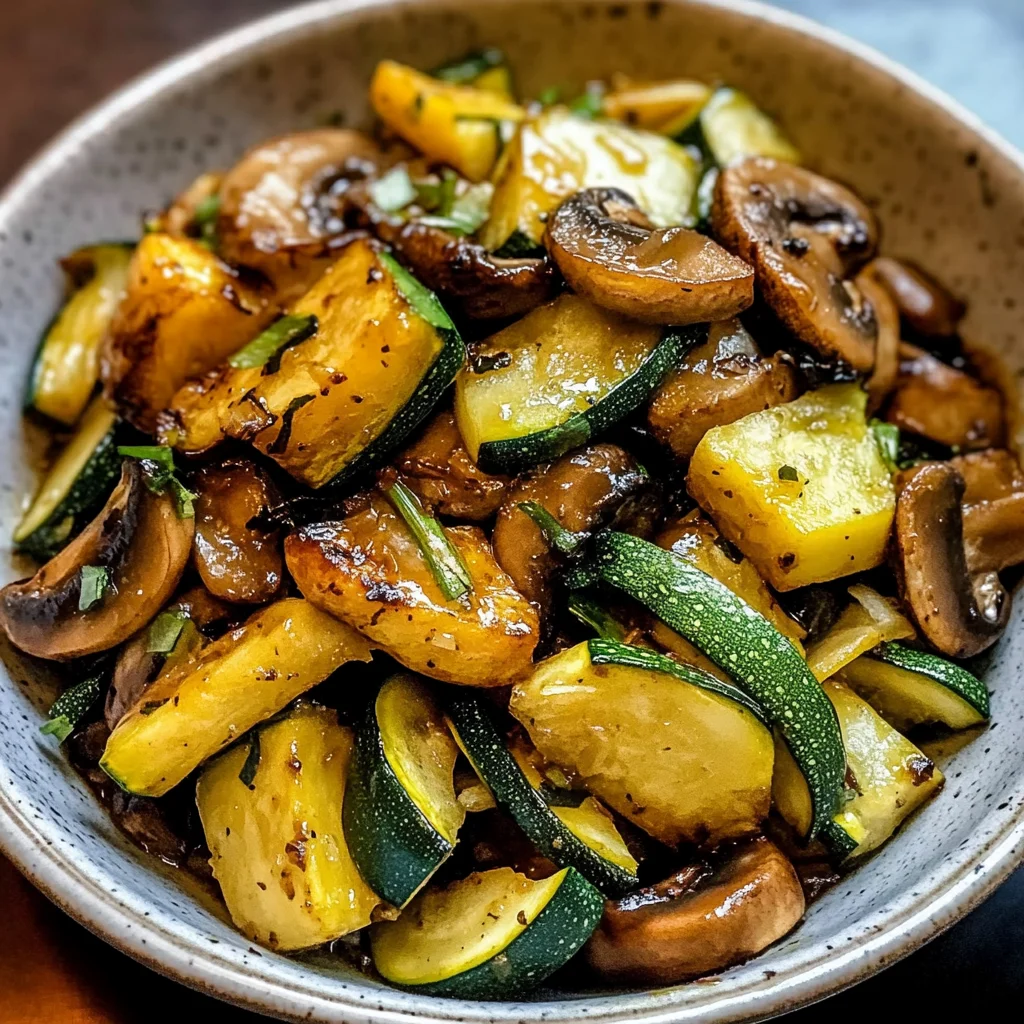
Ingredients
Hibachi Vegetables are made with fresh yellow squash, zucchini, mushrooms, and onions. It is the same Japanese style restaurant version in the comfort of your own home.
For the Base:
- 1 tablespoon butter
- 2 tablespoons vegetable oil or olive oil
- 1 cup onion, quartered and thinly sliced
For the Vegetables:
- 2 cups zucchini, cut into strips
- 2 cups yellow squash, cut into strips
- 1 cup mushrooms, sliced
For Seasoning:
- 2 teaspoons soy sauce
- 1/4 teaspoon salt
- 1/4 teaspoon ground black pepper
How to Make Hibachi Vegetables
Step 1: Heat the Pan
Begin by heating your wok or large skillet over medium-high heat. Add the butter and allow it to melt before incorporating the oil.
Step 2: Sauté Onions
Add the sliced onions to the pan. Sauté for about 2 minutes until they start to soften and turn translucent.
Step 3: Add Zucchini and Squash
Next, add the prepared zucchini, yellow squash, and mushrooms to the pan. Stir well to combine.
Step 4: Season and Cook
Pour in the soy sauce along with salt and ground black pepper. Continue cooking while stirring frequently until the vegetables reach your desired level of tenderness, which should take about 10 minutes.
Step 5: Serve
Once cooked, serve warm alongside hibachi-style fried rice and yum yum sauce. Any leftovers can be stored in an airtight container in the refrigerator for up to 3 days.
With this simple recipe for Hibachi Vegetables, you can enjoy a taste of Japan at home!
How to Serve Hibachi Vegetables
Hibachi Vegetables make for a delightful side dish that can elevate any meal. Here are some creative ways to serve them alongside your favorite dishes.
Pair with Fried Rice
- Traditional Hibachi Fried Rice: Serve your Hibachi Vegetables with classic fried rice made with soy sauce, garlic, and green onions for a flavorful combination.
Create a Stir-Fry Bowl
- Vegetable Stir-Fry Bowl: Add grilled chicken or beef to your Hibachi Vegetables for a satisfying stir-fry bowl. Top it with sesame seeds for extra crunch.
Accompany Grilled Proteins
- Grilled Chicken or Turkey: These vegetables pair well with grilled chicken or turkey breast. The smoky flavor complements the sweetness of the veggies.
Add to Noodle Dishes
- Hibachi Noodle Stir-Fry: Toss your Hibachi Vegetables into a bowl of stir-fried noodles for a quick and delicious meal that’s full of color and flavor.
Serve as a Topping
- On Burgers or Sandwiches: Use the sautéed vegetables as a topping on burgers or sandwiches to add an extra layer of flavor and texture.
How to Perfect Hibachi Vegetables
Making perfect Hibachi Vegetables is easy with some simple tips. Follow these suggestions for the best results.
-
Choose Fresh Ingredients: Opt for fresh zucchini, yellow squash, mushrooms, and onions. Fresh ingredients enhance the overall flavor and texture of the dish.
-
Preheat Your Pan: Ensure your wok or skillet is hot before adding the butter and oil. This helps achieve a nice sear on your vegetables.
-
Cut Uniformly: Cut all vegetables into similar sizes. This ensures even cooking and consistent texture throughout.
-
Don’t Overcrowd the Pan: Cook in batches if necessary. Overcrowding can cause steaming rather than sautéing, which affects texture.
-
Season at the Right Time: Add soy sauce and seasonings towards the end of cooking to prevent them from burning while ensuring maximum flavor absorption.
Best Side Dishes for Hibachi Vegetables
Hibachi Vegetables can enhance any meal when paired with the right sides. Here are some excellent options:
- Fried Rice: A classic accompaniment that adds heartiness to your meal. Use leftover rice for quick preparation.
- Grilled Chicken Skewers: Marinated chicken skewers provide protein that complements the veggies beautifully.
- Soba Noodles: These buckwheat noodles are a great alternative, tossed in sesame oil and served chilled or warm.
- Cucumber Salad: A refreshing salad made with cucumbers, rice vinegar, and sesame seeds balances out the hot flavors.
- Miso Soup: A light miso soup offers warmth and depth, making it an ideal starter before your main course.
- Edamame Beans: Steamed edamame provide protein and fiber while being easy to prepare as a snack or side dish.
- Tempura Vegetables: Lightly battered and fried seasonal veggies add crunch alongside your hibachi experience.
- Seaweed Salad: A tangy seaweed salad adds an umami kick that pairs wonderfully with hibachi-style cooking.
Common Mistakes to Avoid
Avoiding common mistakes can elevate your Hibachi Vegetables from good to great. Here are some tips to keep in mind:
-
Using the Wrong Pan: A non-stick or well-seasoned wok is ideal for hibachi cooking. Avoid using a regular frying pan, as it may not provide the right heat distribution.
-
Overcrowding the Pan: Adding too many vegetables at once can cause steaming instead of sautéing. Cook in batches for better texture and flavor.
-
Skipping the Prepping Step: Not having all your ingredients prepped before cooking can lead to overcooked vegetables. Take the time to chop everything ahead of time.
-
Neglecting Seasoning: While soy sauce adds flavor, don’t forget about salt and pepper. Season throughout the cooking process for a well-balanced dish.
-
Not Stirring Enough: Hibachi cooking requires frequent stirring to prevent sticking and burning. Keep the vegetables moving for even cooking.
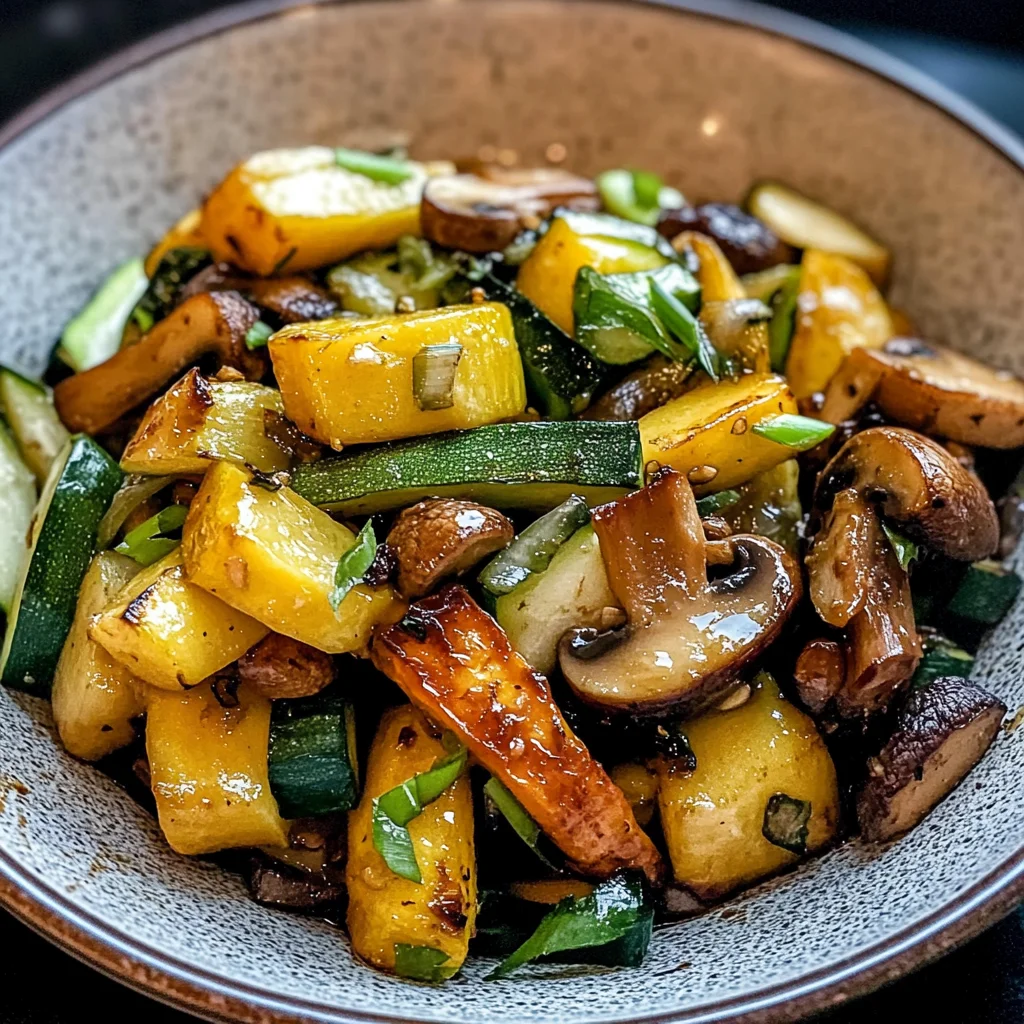
Storage & Reheating Instructions
Refrigerator Storage
- Store leftovers in an airtight container.
- Consume within 3 days for optimal freshness.
Freezing Hibachi Vegetables
- Place in a freezer-safe container or bag.
- Keep for up to 2 months; thaw before reheating for best results.
Reheating Hibachi Vegetables
- Oven: Preheat to 350°F (175°C). Spread veggies on a baking sheet and heat for about 10-15 minutes.
- Microwave: Place in a microwave-safe dish, cover loosely, and heat for 1-2 minutes until warm.
- Stovetop: Heat in a skillet over medium heat, stirring occasionally until heated through.
Frequently Asked Questions
Here are some common questions about Hibachi Vegetables that might help you enjoy this dish even more:
Can I use other vegetables in Hibachi Vegetables?
Yes! Feel free to add bell peppers, carrots, or snap peas based on your preferences.
What can I serve with Hibachi Vegetables?
These vegetables pair well with fried rice, grilled chicken, or tofu for a complete meal.
How do I make my Hibachi Vegetables extra flavorful?
Consider adding garlic or ginger while cooking for an extra layer of flavor!
Are Hibachi Vegetables healthy?
Absolutely! They are low in calories and packed with nutrients from fresh vegetables.
Can I make this recipe vegan?
Definitely! Just replace butter with olive oil or any plant-based alternative to keep it vegan-friendly.
Final Thoughts
Hibachi Vegetables are not only delicious but also versatile. You can customize them with your favorite veggies and sauces. This recipe brings restaurant-quality flavors right into your kitchen. Give it a try and enjoy the delightful taste of hibachi-style cooking!
Hibachi Vegetables
Enjoy these quick and delicious Hibachi Vegetables made with fresh zucchini, squash, and mushrooms. Perfect as a side dish today!
- Prep Time: 10 minutes
- Cook Time: 20 minutes
- Total Time: 30 minutes
- Yield: Serves 4
- Category: Side Dish
- Method: Stir-Frying
- Cuisine: Japanese
Ingredients
- 1 tablespoon plant-based butter
- 2 tablespoons vegetable oil or olive oil
- 1 cup onion, quartered and thinly sliced
- 2 cups zucchini, cut into strips
- 2 cups yellow squash, cut into strips
- 1 cup mushrooms, sliced
- 2 teaspoons soy sauce
- 1/4 teaspoon salt
- 1/4 teaspoon ground black pepper
Instructions
- Heat your wok or large skillet over medium-high heat. Add the plant-based butter until melted, then incorporate the oil.
- Sauté the sliced onions for about 2 minutes until they soften and turn translucent.
- Add the zucchini, yellow squash, and mushrooms to the pan. Stir well to combine.
- Pour in the soy sauce along with salt and pepper. Stir-fry for approximately 10 minutes or until the vegetables are tender.
- Serve warm alongside fried rice or grilled proteins.
Nutrition
- Serving Size: 1 cup (150g)
- Calories: 100
- Sugar: 4g
- Sodium: 300mg
- Fat: 7g
- Saturated Fat: 3g
- Unsaturated Fat: 4g
- Trans Fat: 0g
- Carbohydrates: 9g
- Fiber: 2g
- Protein: 2g
- Cholesterol: 10mg


